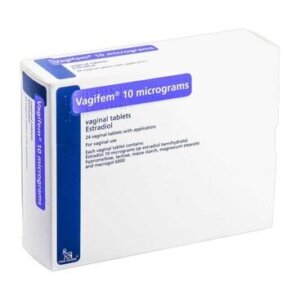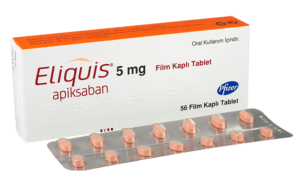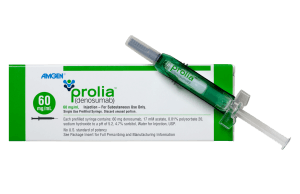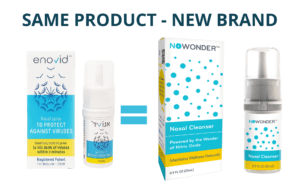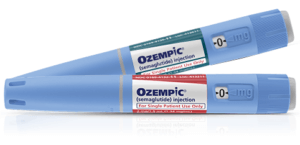This article describes the main features of Crestor, a drug widely prescribed to treat high cholesterol. It will also explain the main differences between it and the other commonly prescribed treatments for high cholesterol, Lipitor and Liptruzet.
Why is managing cholesterol levels so important?
There are two types of cholesterol on the body – low-density lipoprotein (LDL) and high-density lipoprotein (HDL). LDL is referred to as “bad” cholesterol and HDL as “good” cholesterol. When a diagnosis is given of “high cholesterol” it means that the level of LDL is higher than the recommended level and that means LDL is not as effective as it should be. Having high cholesterol can lead to arteries becoming clogged up with plaque, which can cause serious health complications like heart and vascular disease, and stroke.
Crestor, Lipitor, and Liptruzet are quite similar in their function. The first two drugs are statins that work to reduce the production of LDL and triglycerides by the liver, while slightly increasing the level of HDL. Liptruzet combines a statin with a selective cholesterol-absorption inhibitor that slows down the processing of dietary fats. It has the added benefit of significantly increasing the levels of HDL. The main purpose of all three drugs is to prevent plaque build-up.
How do statins work?
The human body uses an enzyme called HMG-CoA reductase to control the rate of cholesterol production by the liver. Statins block this enzyme and this manages to reduce the levels of LDL production.
Comparing Crestor, Litorva and Liptruzet
Crestor contains the active ingredient rosuvastatin and is known to have 20% absorption rate. Lipitor and Liptruzet both contain the active ingredient atorvastatin, which has a 12% absorption rate. Unabsorbed rosuvastatin gets excreted through urine and feces but unabsorbed atorvastatin gets excreted through the bile ducts with only 2% through urine and feces. Rosuvastatin has a half-life of 20 hours and atorvastatin’s half-life is 14 hours.
| Feature | Crestor | Litorva | Liptruzet |
| Contains | Rosuvastatin | Atorvastatin | Combination of Atorvastatin and cholesterol absorption inhibitor |
| LDL reduction | 50-60% | 40-50% | 55-65% (strongest due to combination therapy) |
| HDL increase | Moderate | Moderate | Moderate |
| Triglyceride reduction | 20-30% | 20-30% | 25-35% |
| Plaque reduction in arteries | Strong reduction | Moderate reduction | Strongest reduction |
| Best for | Patients needing potent LDL reduction, those with high cardiovascular risk, and those who don’t tolerate atorvastatin well. | Patients requiring strong LDL lowering with a good safety profile. | Patients needing maximum LDL reduction, those with high cholesterol despite statin use, or those unable to tolerate high-dose statins alone. |
Comparison of the side effects
All drugs have some side effects. Doctors prescribe drugs that they expect will produce greater benefits than these adverse side effects. The table below lists the most common side effects of Crestor and compares the frequency of these in Lipitor and Liptruzet.
| Adverse effect | Crestor | Lipitor | Liptruzet |
| Muscle pain | 10-15% | 7-12% | 10-15% |
| Headache | 5-10% | 5-8% | 5-10% |
| Nausea | 3-7% | 2-6% | 4-7% |
| Liver enzyme changes | 1-5% | 1-5% | 2-6% |
| Diarrhea | 1-5% | 1-4% | 2-5% |
| Joint pain | 1-5% | 1-4% | 2-5% |
To get the best results, it’s necessary to avoid eating fatty foods, drinking alcohol and to follow a regular exercise plan. Keeping weight and diet under control will help progress. Even if it’s not covered by insurance, it’s worth seeing a dietician. They will advise a diet that fits in with your lifestyle and regular checkups will allow them to monitor your progress and reassess to get better results. Having the backup of a dietician definitely helps with motivation as well.
Before starting treatment, it’s necessary to tell the prescribing doctor of any over-the-counter or prescription medications that are being taken. Also inform them of any vitamins and herbal supplements in order to avoid adverse effects. Crestor can have a negative effect on the body when taken in conjunction with other herbal treatments and medicine, In general, it’s advised to avoid all grapefruit products. Crestor shouldn’t be taken if there’s a chance of pregnancy or a history of liver, kidney or thyroid disease. Take a few minutes and read the Patient Information leaflet that comes with the medication.
FAQs
How long does it take for statins to work?
Statins start reducing cholesterol within 2 weeks, but full effects may take 4 to 6 weeks. Regular cholesterol testing helps monitor progress.
What is Crestor used for?
Lipitor, Liptruzet and Crestor are prescribed to lower cholesterol and reduce the risk of heart disease, strokes, and heart attacks. It helps manage high LDL cholesterol and triglycerides.




